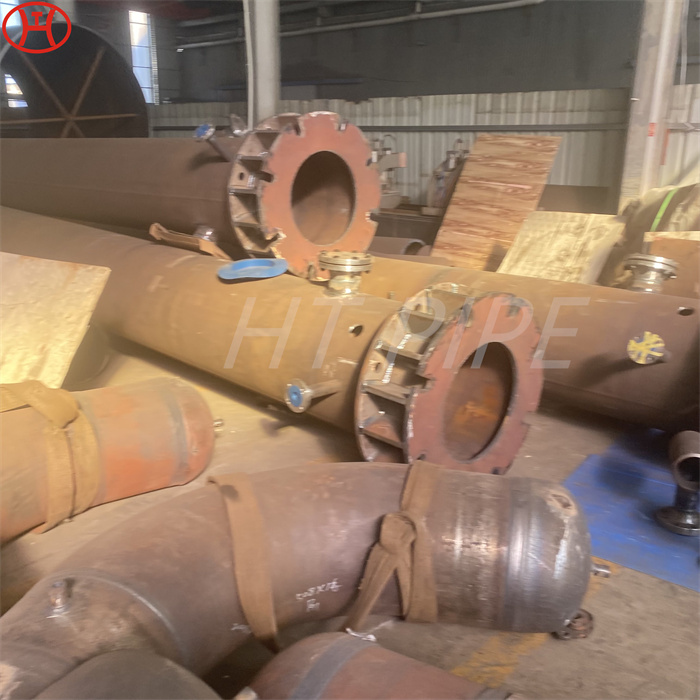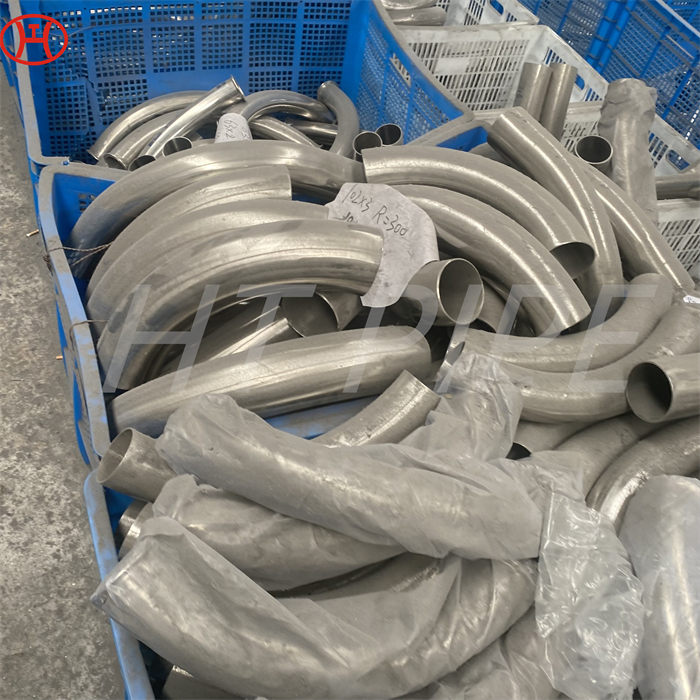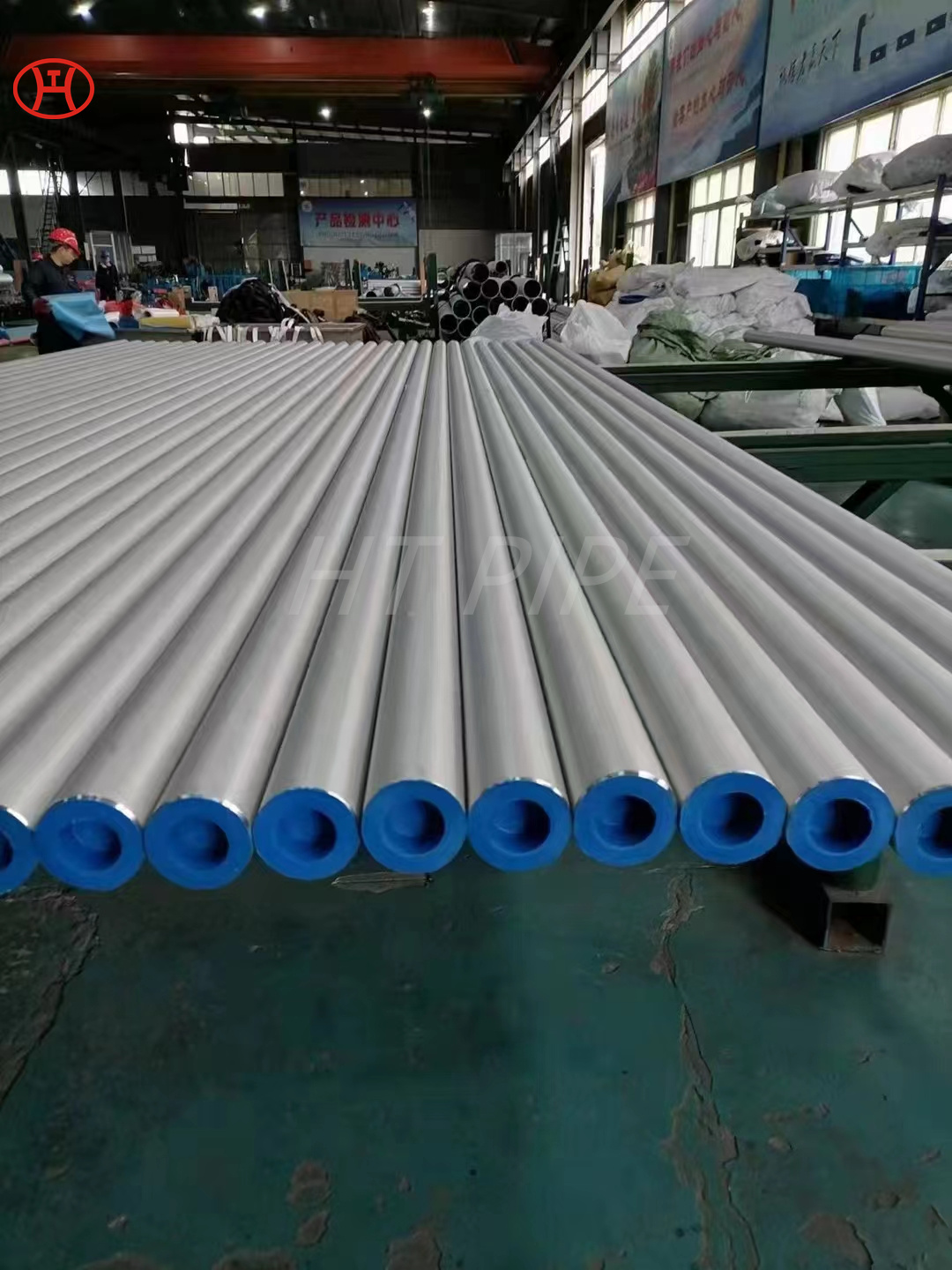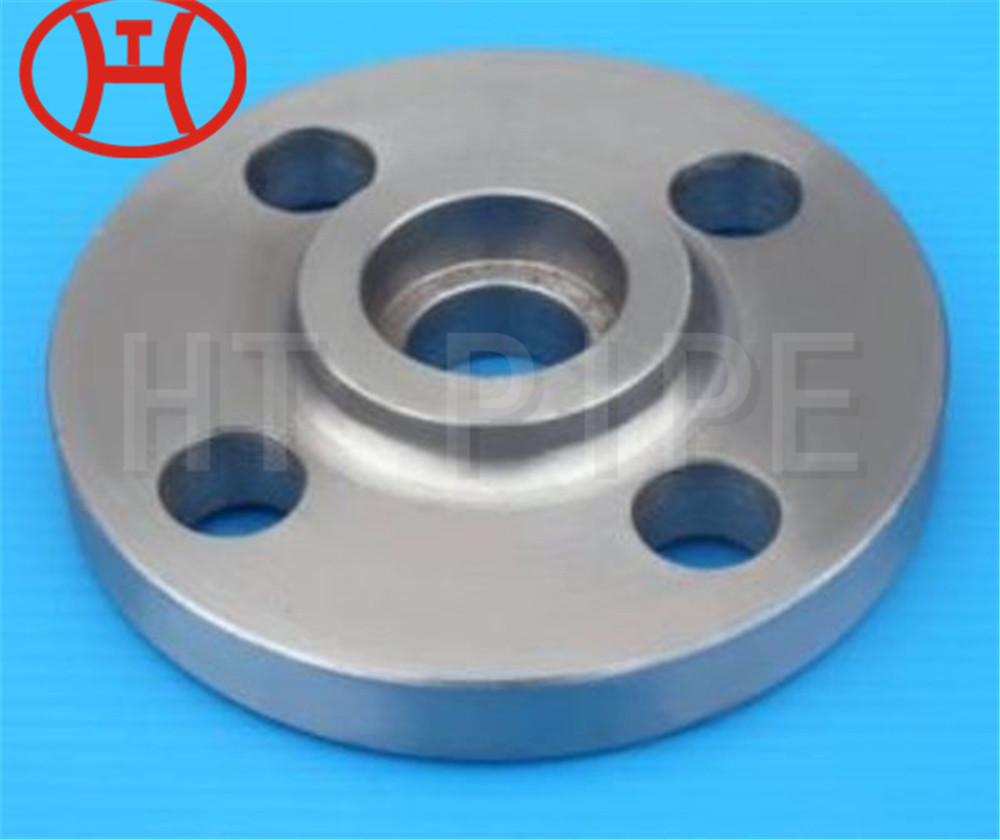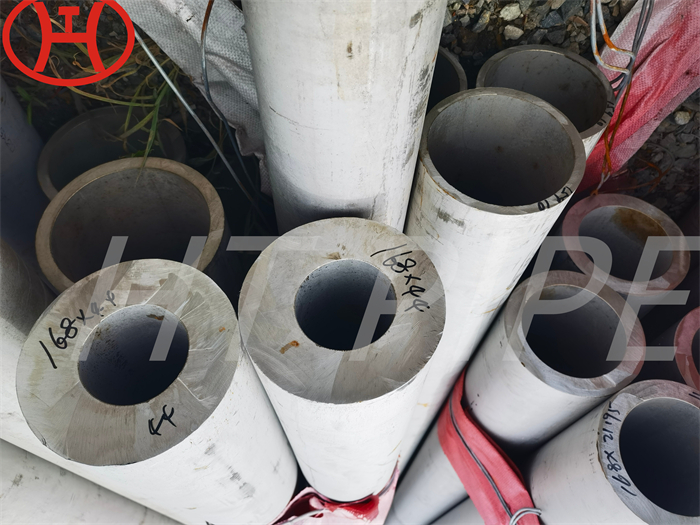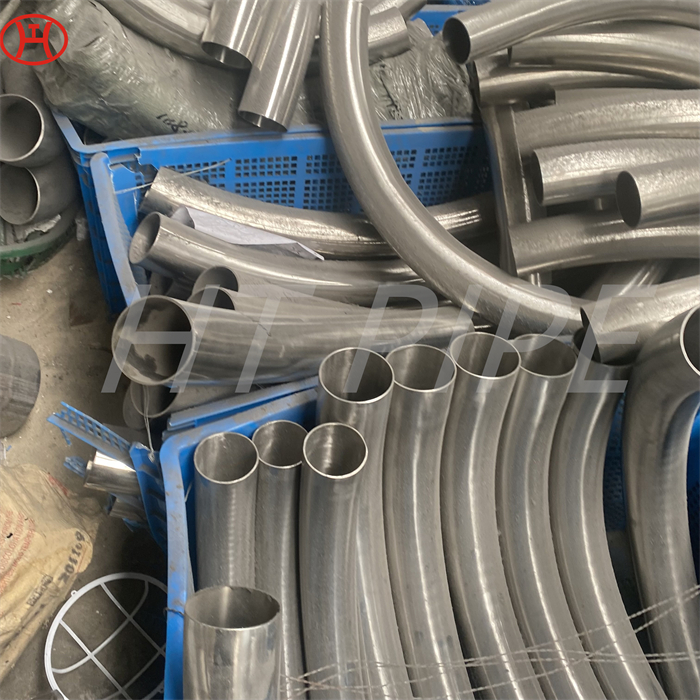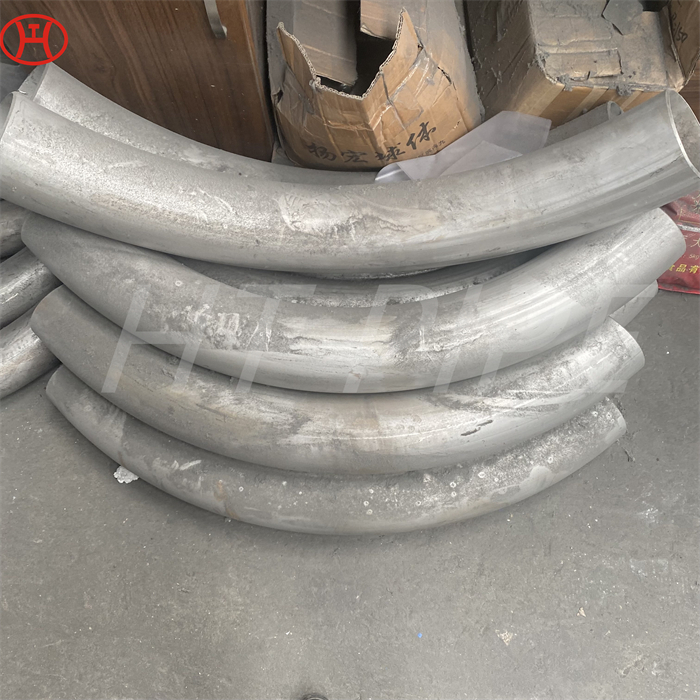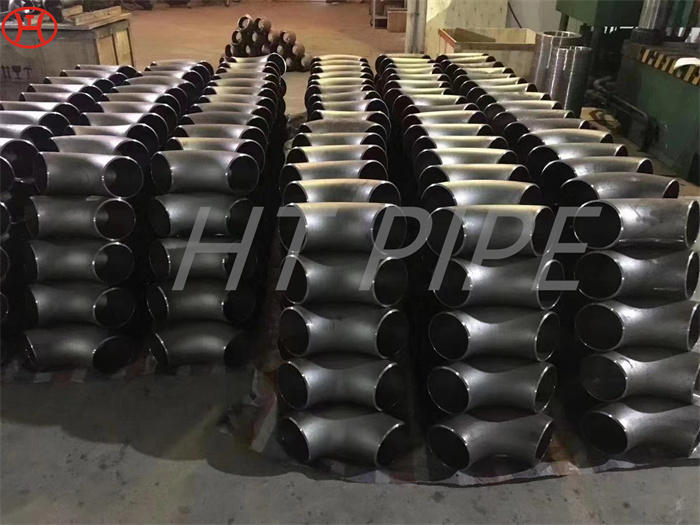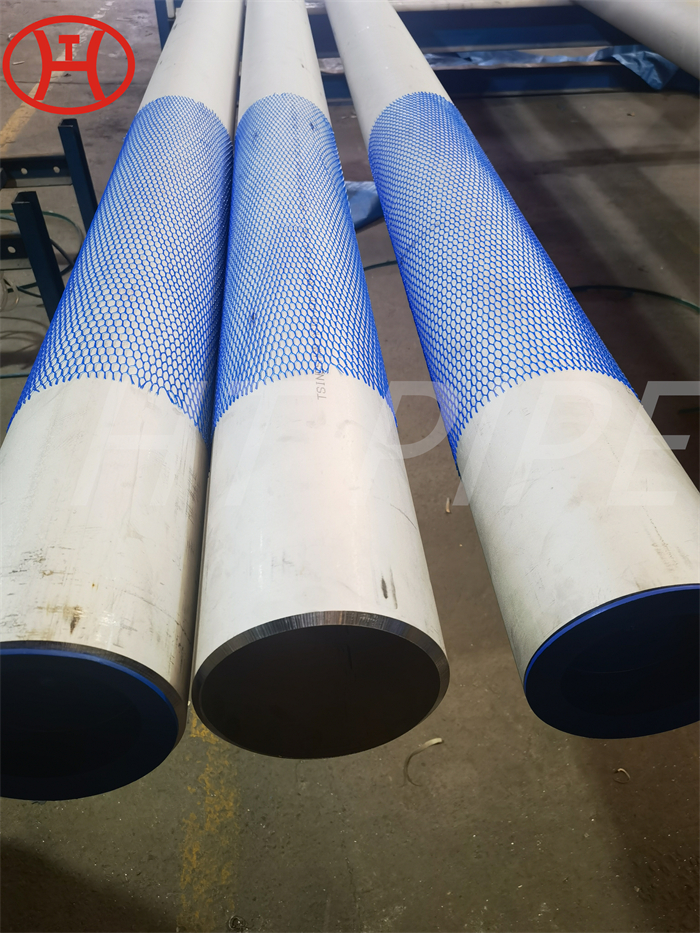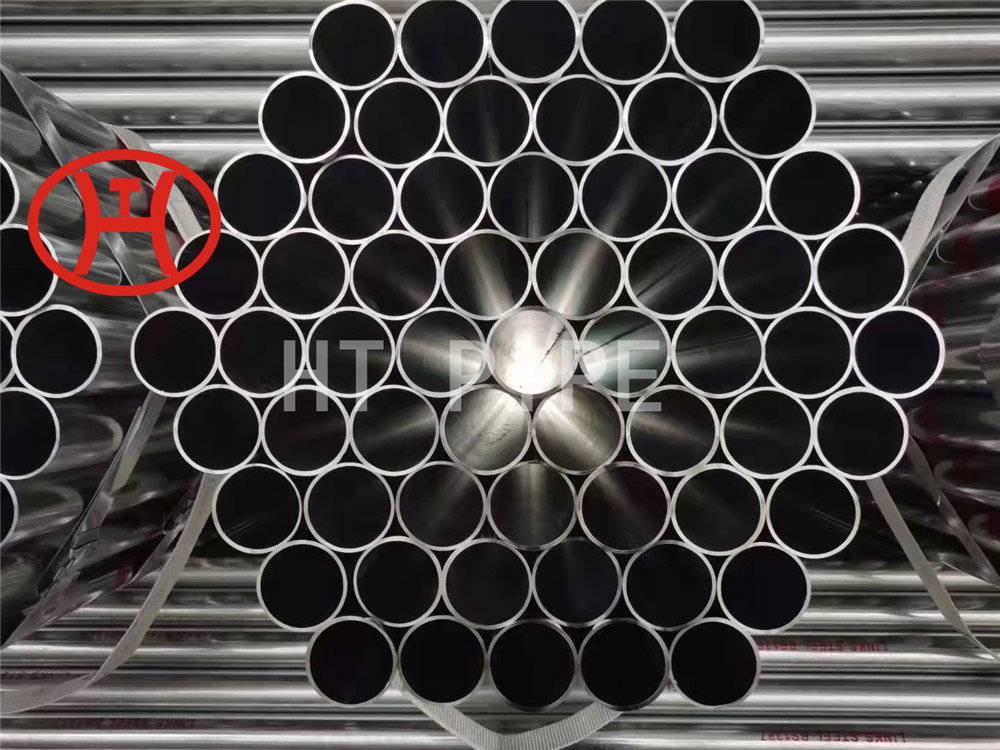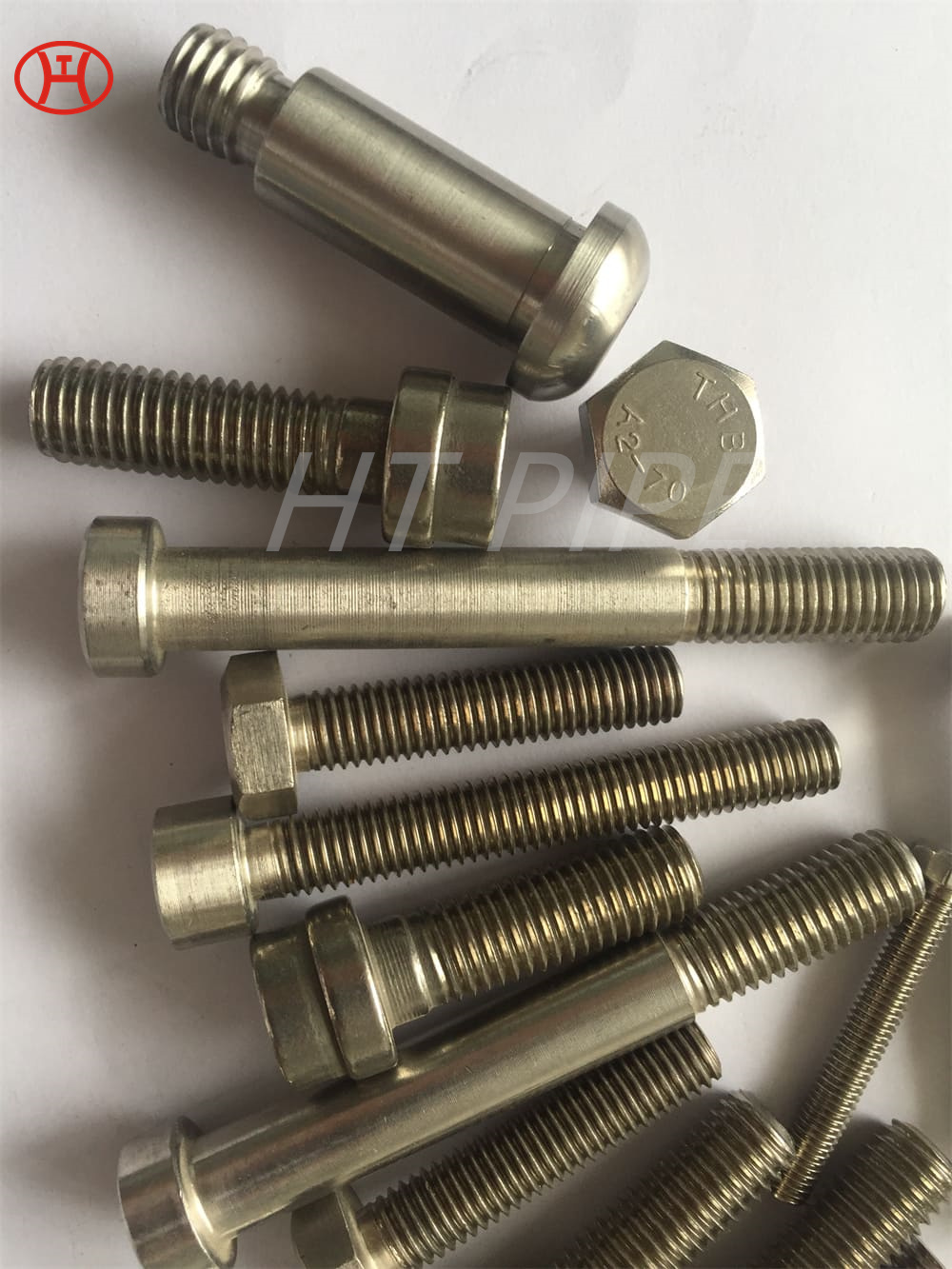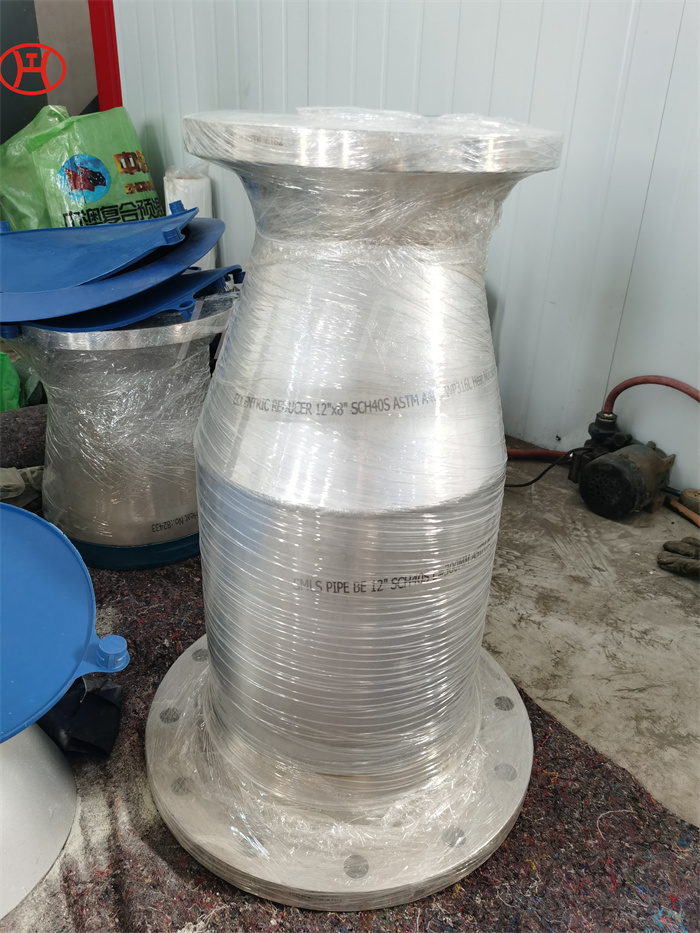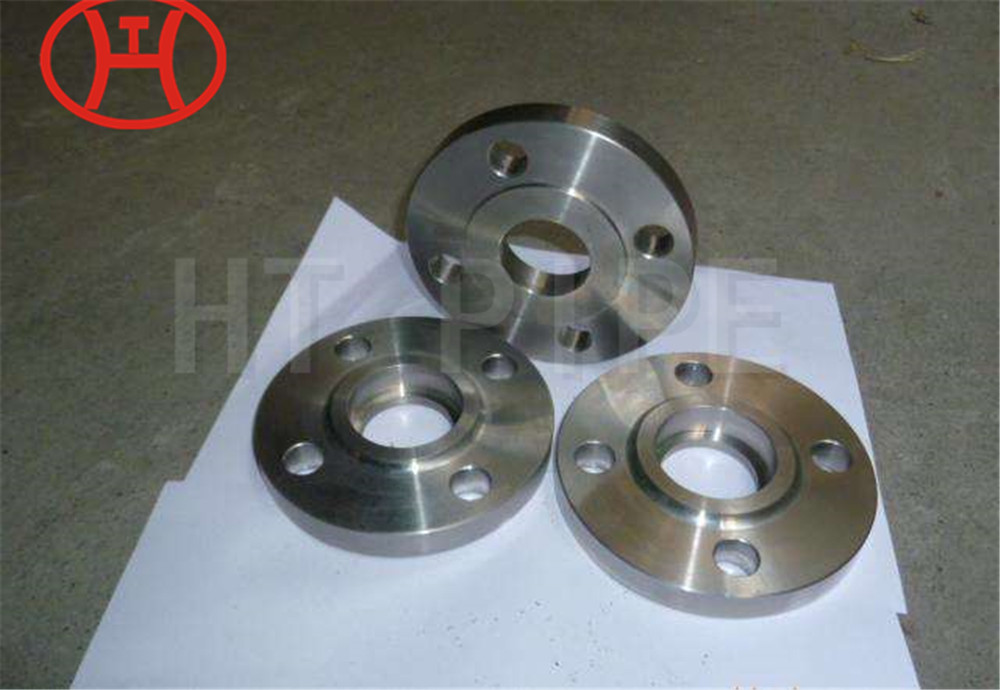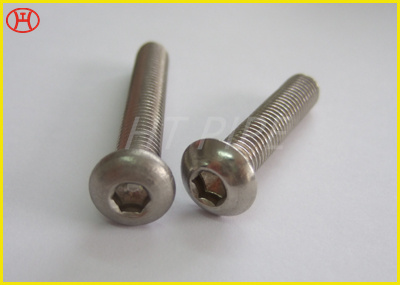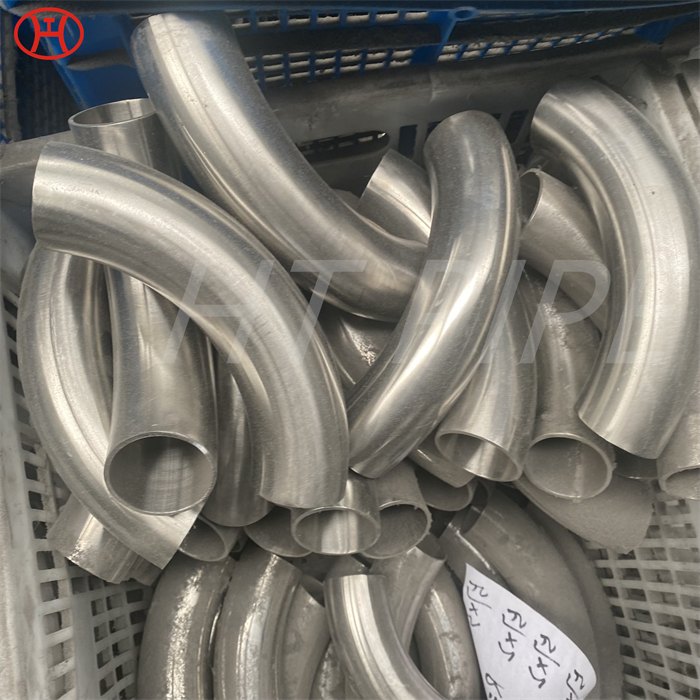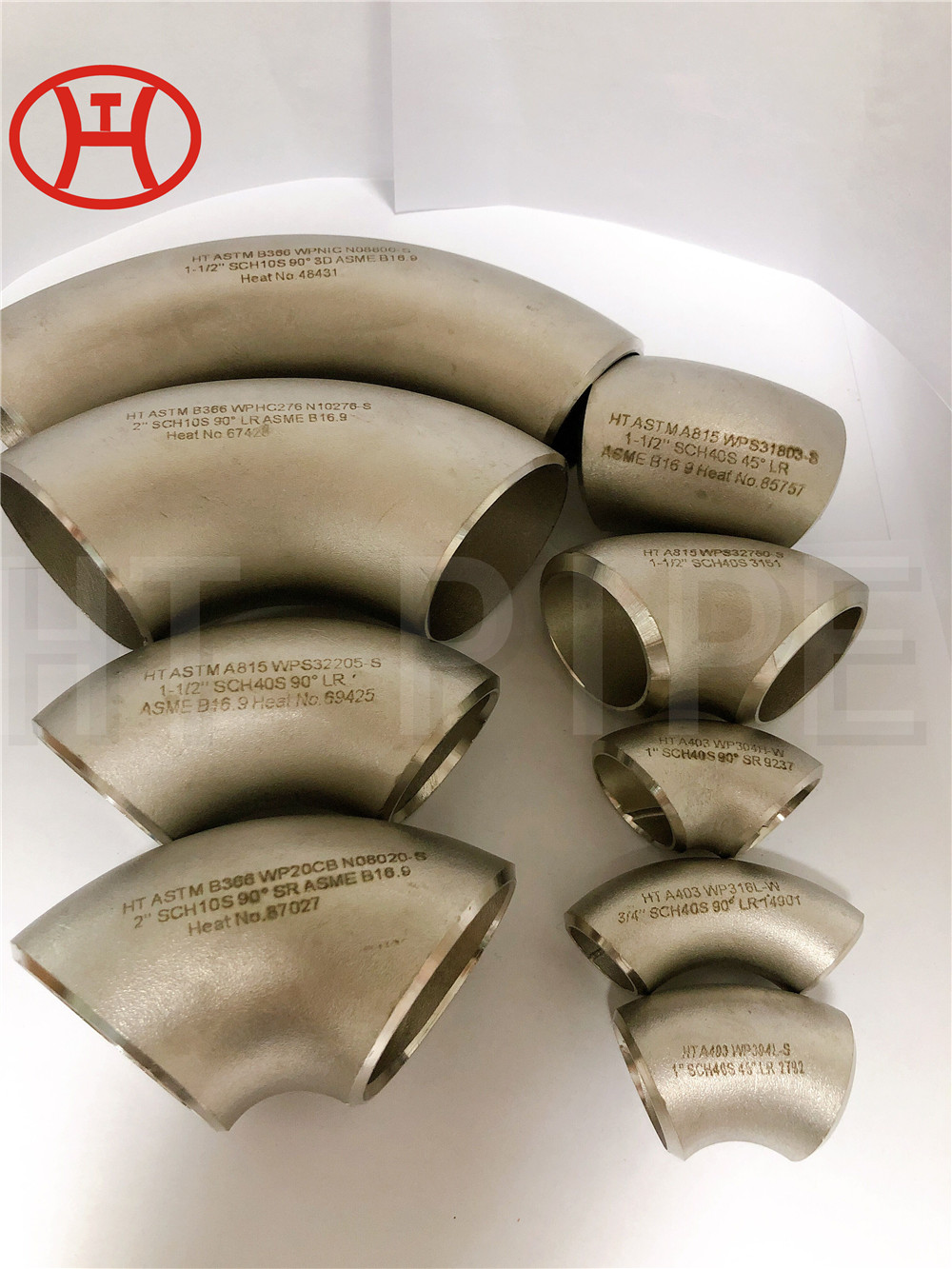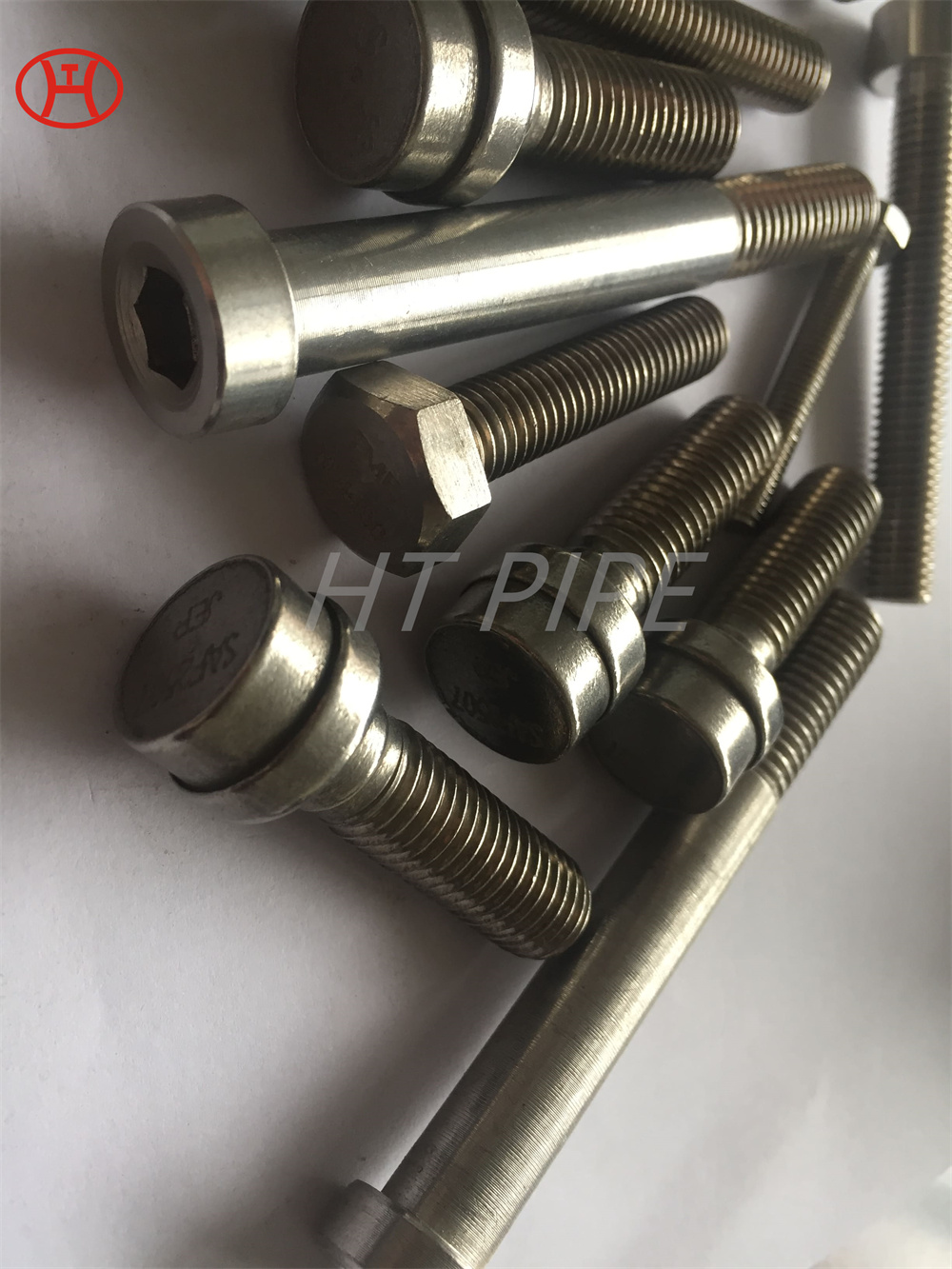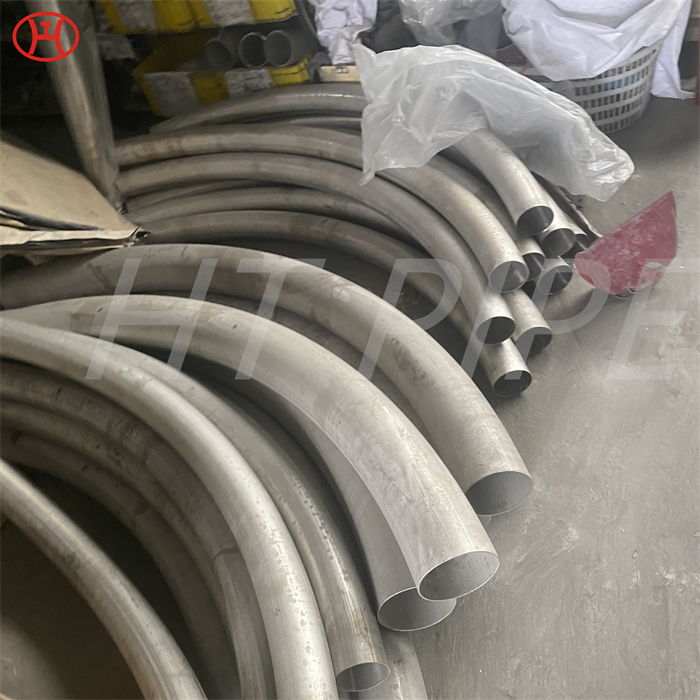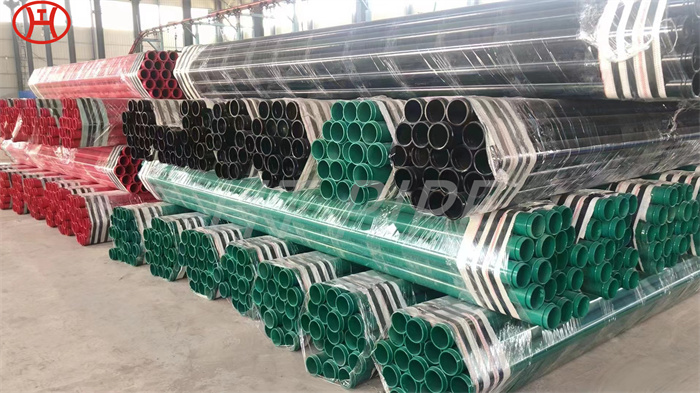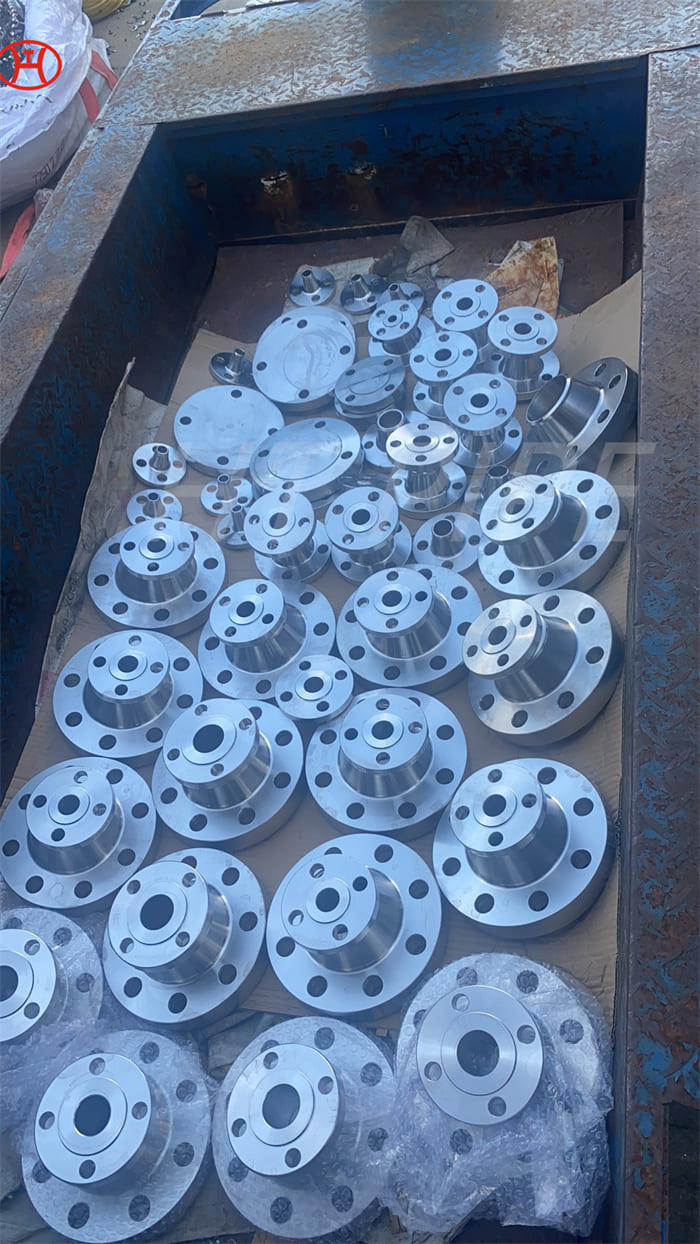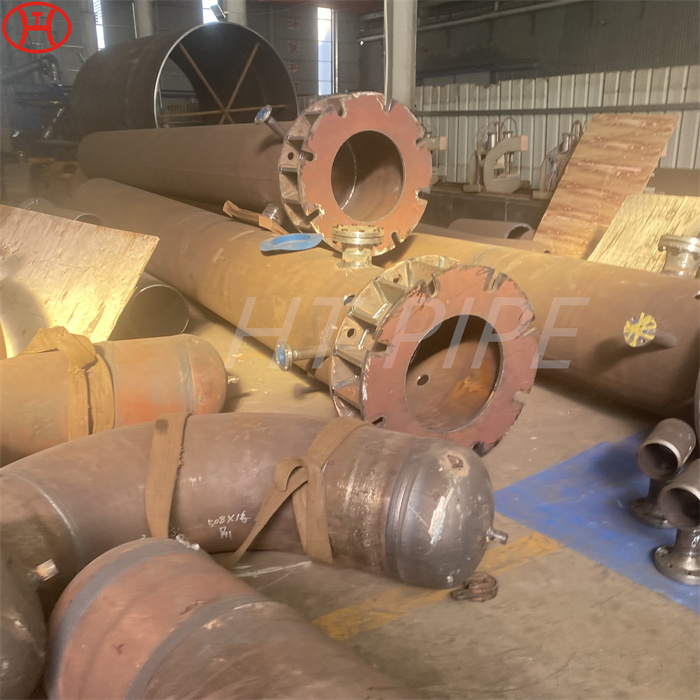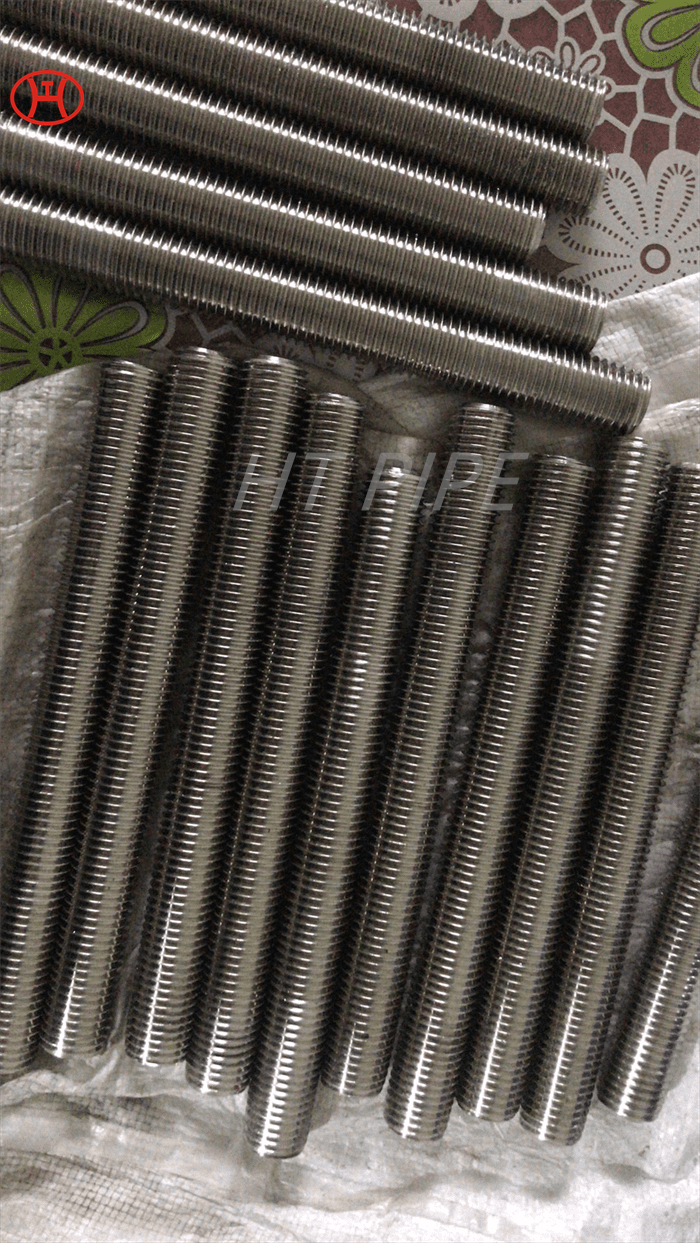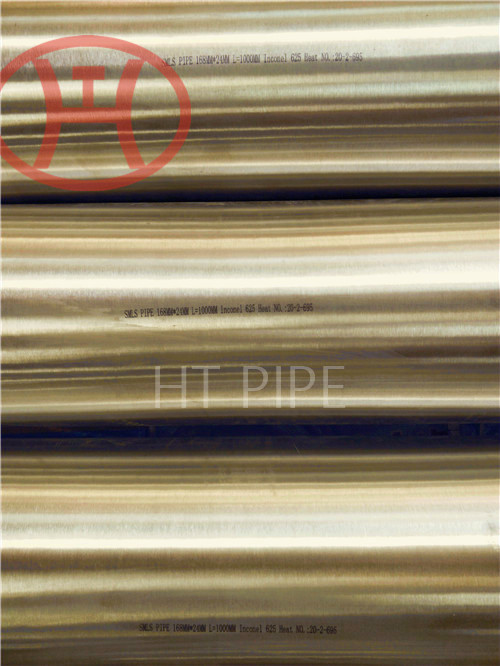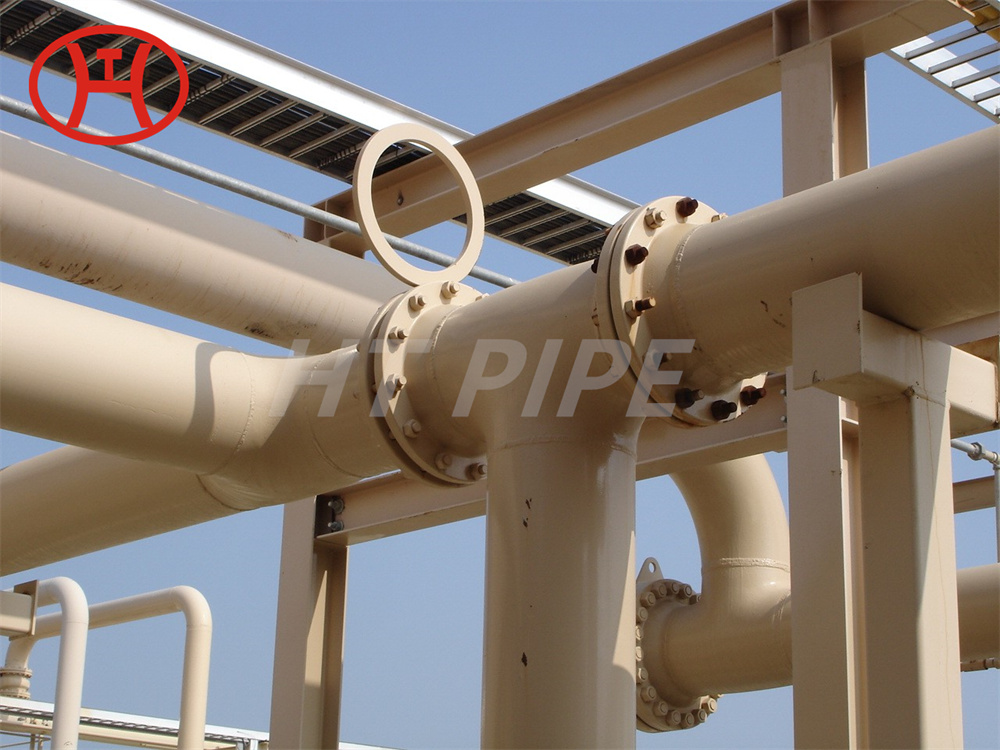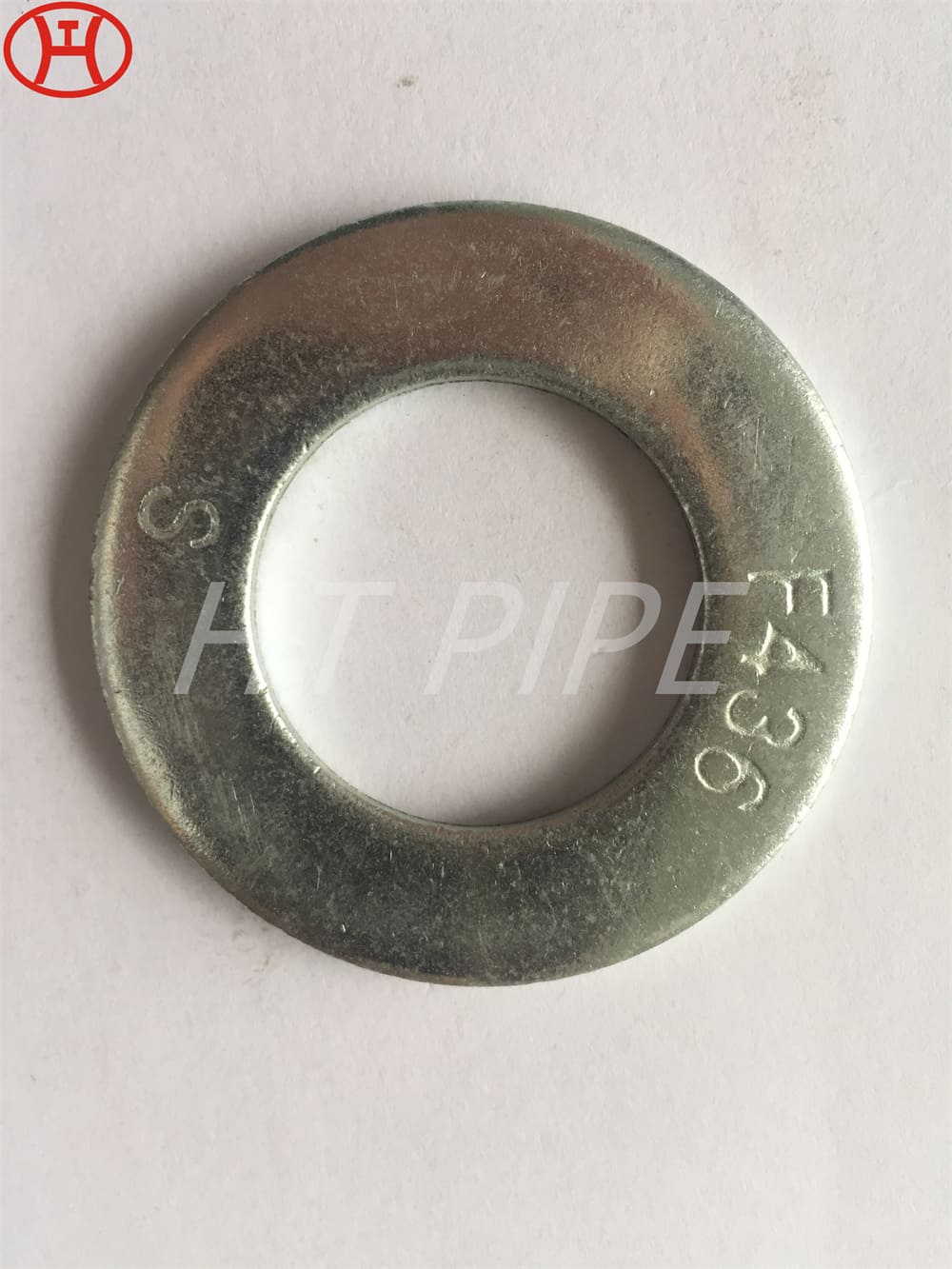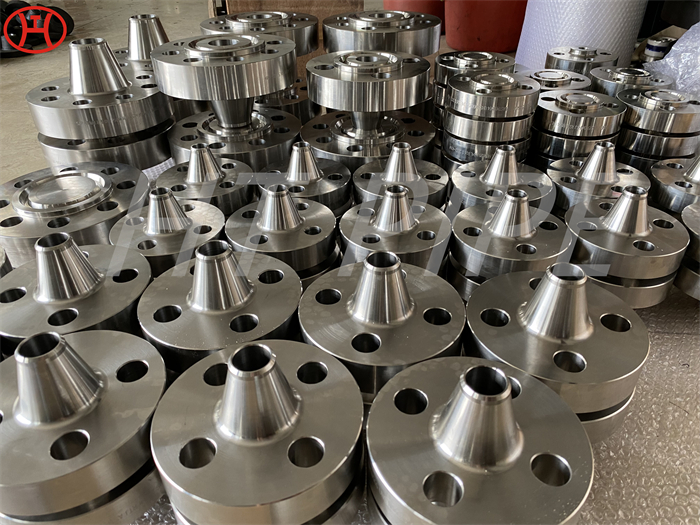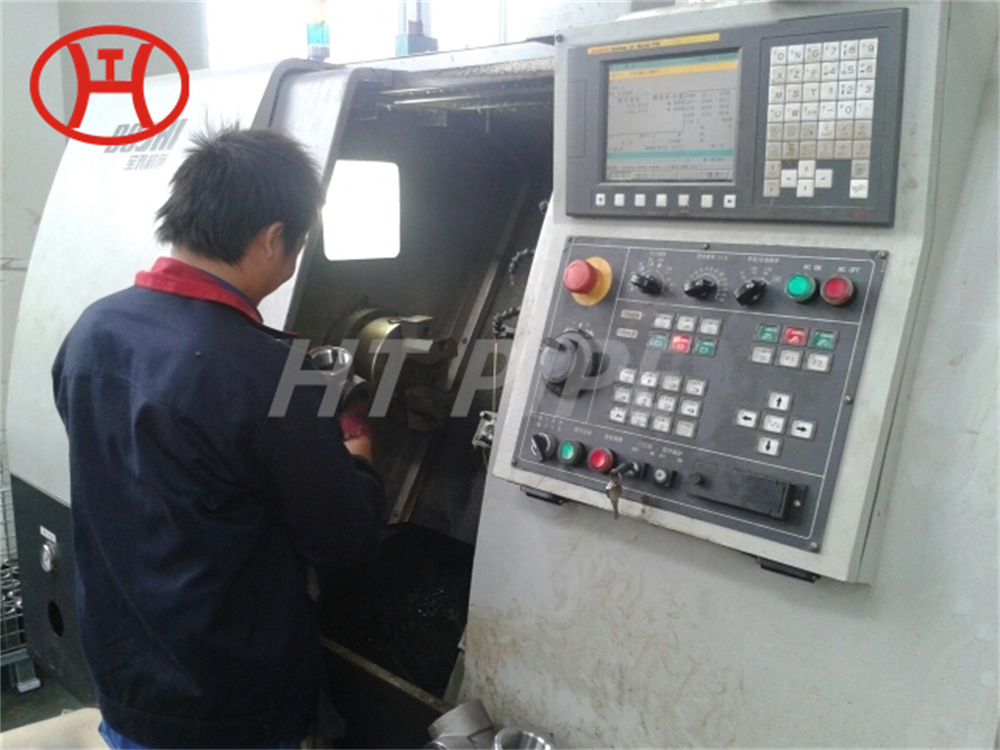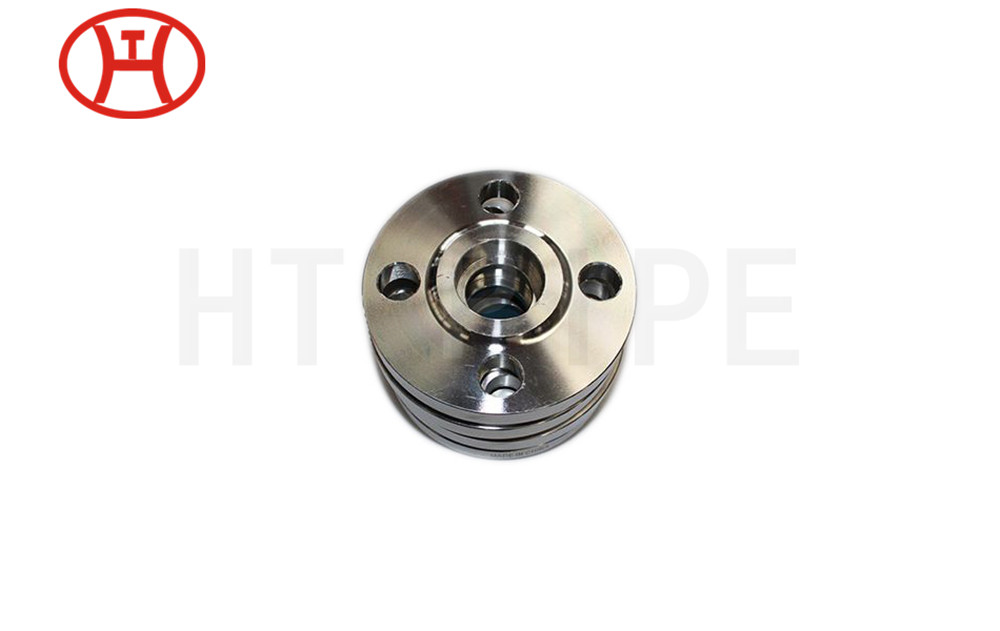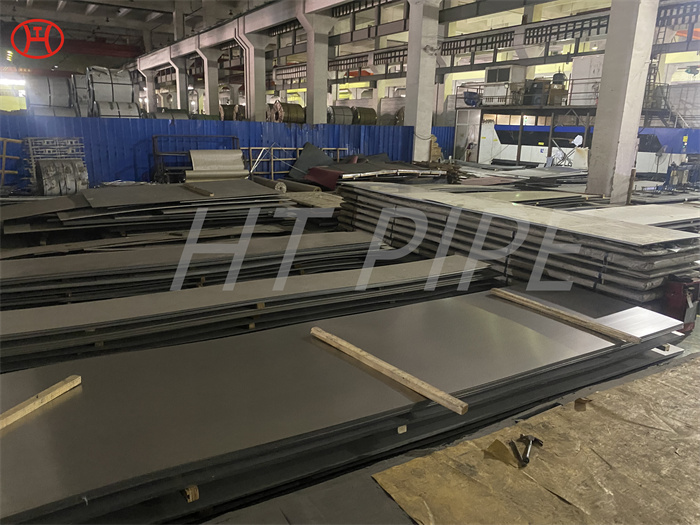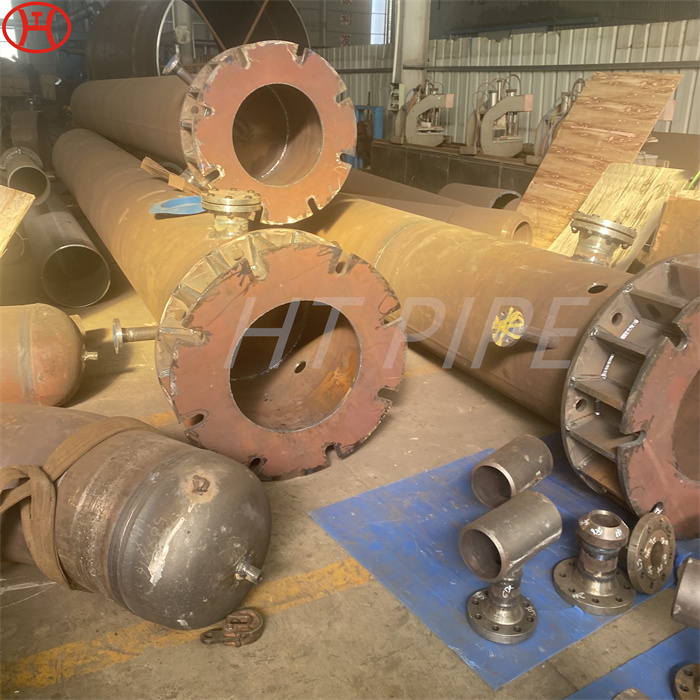hastelloy c276 N10276tee with elbow and flange
Hastelloy c-22 and c-276 are the only materials resistant to corrosion in wet chlorine, hypochlorite, and chlorine dioxide solutions, with significant resistance to high chloride solutions such as ferric and cupric chlorides. Corrosion resistance.
Hastelloy C276 is known for its excellent corrosion resistance in a variety of corrosive media. It includes chloride ions, sulfur compounds, etc. In addition, this alloy has excellent resistance to crevice corrosion, pitting corrosion and stress corrosion cracking. It helps resist the corrosive effects of wet chlorine, chlorine dioxide and hypochlorite. This product is ideal for seawater applications.
Hastelloy c-22 and c-276 have excellent welding properties and have been widely used in chemical and petrochemical fields, such as components and catalytic systems in contact with chlorinated organics. Especially suitable for high temperature, mixed with inorganic acid and organic acid (such as formic acid, acetic acid, etc.) impurities, seawater corrosion environment.









































































































